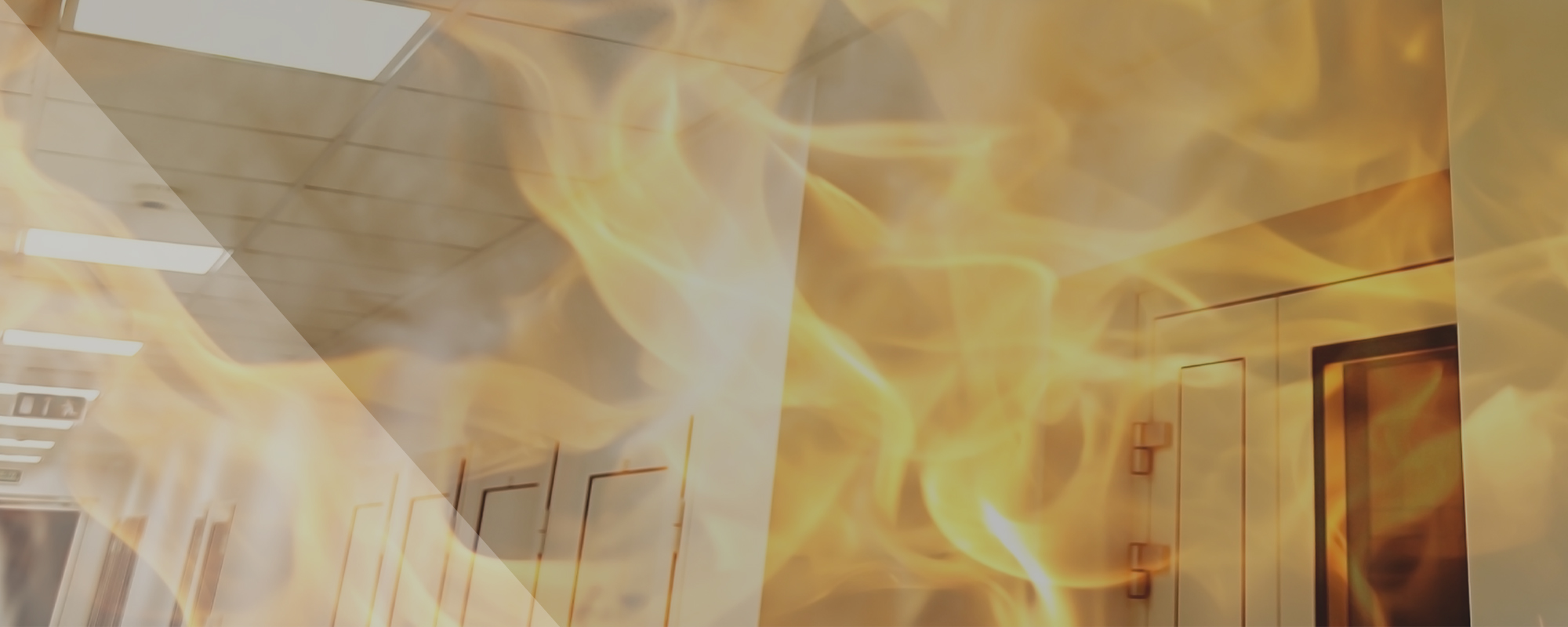
INSIGHT
Why a fire door isn't just a door
Why a fire door isn’t just a door

By Scott Lewis BSc MIFSM DipFD, Compliance Manager at Sircle
Clients often ask me about the role fire doors play in their fire strategy. The simple answer is they are a crucial passive fire protection measure in any non-domestic building and vital to any fire strategy. Often the least understood of fire engineered solutions, fire doors are one of the most significant.
Fire doors essentially act by sealing an opening in a compartment or sub-compartment boundary structure. They are capable of withstanding and holding back the spread of fire, as well as the more deadly element of smoke and the passage of ‘cold’ smoke for a specified period of time. This protection provides valuable time for building occupants to escape safely or move away from fire and into refuge areas. They are specifically designed, engineered, and tested in accordance with British and European Standards. This guarantees that they can do what they need to do and perform their essential duties when it matters. However, they must be installed correctly and to the precise specification data and manufacturer’s instructions.
In my experience, fire doors are often overlooked from the point of specification right through to the installation and continued inspection and maintenance. Typically we find that 90% of the fire doors we survey have issues requiring attention. Even now, it is common to observe new fire doors installed by tradespersons who do not have the required understanding or competence, resulting in doors that do not meet their fire performance requirements and which have potentially invalidated their certification. If they are then inspected by a person who is not competent to do so, they remain in situ in a state of non-compliance.
“But it’s just a door” is a phrase I’ve heard many times, and which itself confirms an obvious shortfall in the knowledge and understanding of the crucial part these life safety products play within the construction industry.

Four years on from Grenfell, sadly, it appears many property owners are awaiting the new legislative changes in order to act. Unfortunately, many property owners and duty holders are still appointing the lowest bidding contractor, possibly without understanding the importance of the key factors such as competence and third-party accreditation, or the benefits of certified products such as fire door sets.
In addition, it’s clear from undertaking thousands of fire door inspections that some landlords continue to neglect or not manage the need for regular inspection, as defined in the Building Regulations and British Standards, and are not putting any measures in place. Therefore, unwittingly eroding performance, suitability, occupant safety, and ultimately compliance with Fire Safety Regulations.
Some of the most common and recurring issues we see, whilst undertaking fire door inspections, relate to the smoke seals and gaps between the door edges and frame. We often find that smoke seals are not continuous around the door or frame and are interrupted at the positions of ironmongery. This is usually where combined intumescent and smoke seals are used, leaving areas around the frame where smoke can pass through. Gaps above 4mm are often most commonly seen at the head and closing edges of fire doors.
Fire doors are heavy, and the correct grade of hinge must be used to support this weight and alleviate the potential for the doors to drop. A regular routine maintenance and inspection regime in line with the recommendations in the British Standards (minimum six months) is imperative in ensuring the performance of fire doors are upheld and preserved.
Smoke inhalation is the primary cause of injury and death in a fire situation and a more significant threat to occupants than the fire itself. Fire doors are designed to ‘compartmentalise’ smoke in the same way they do fire. This alone is reason to ensure your fire doors are fitted and maintained regularly, using competent persons or accredited fire contractors, fire risk assessors and surveyors. In addition, smoke seals should have the ability to restrict the passage of smoke travelling through compartments or sub-compartments of a building, enabling escape routes to be protected and utilised at all times and without causing harm. Containing smoke to the area of the origin of fire is critical and will no doubt significantly contribute to preserving the safety of building users.
Unsure about the condition of your fire doors? Sircle has a range of surveys to ensure you remain compliant.

0
Download
this insight as a pdf

